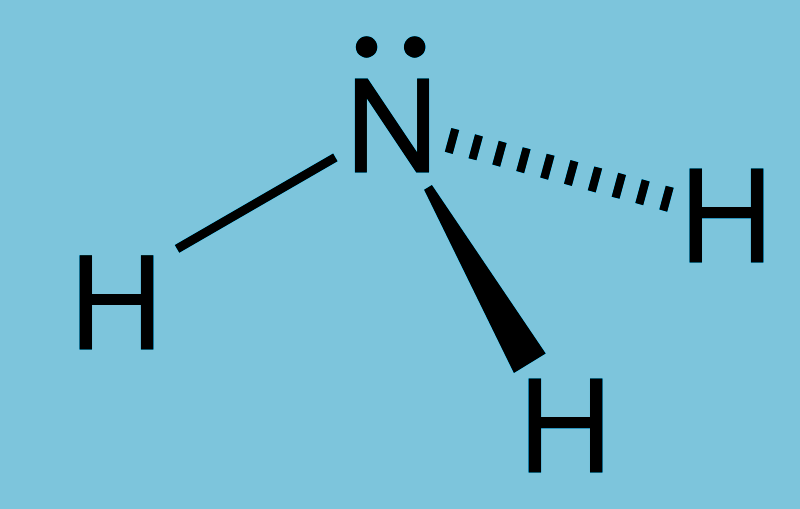Context: Several people were hospitalized after Ammonia gas leaked from a fertilizer manufacturing unit in Ennore, north Chennai, Tamil Nadu.
Incident Of Ammonia Gas Leakage Reported In Ennore Region, Tamil Nadu
- The gas leaked in the subsea pipeline of Coromandel International Ltd, which manufactures Ammonium Phosphate Potash Sulphate (APPS), it is mainly used as a fertilizer.
- Ammonia level in the ambient air rose to around 2090 microgram/m3 as against 400 microgram/ m3 (safe level mandated by CPCB) on a 24-hour average.
- Tamil Nadu environment minister ordered Coromandel International Limited’s shutdown until further orders.
| About Ennore
Ennore is bounded by the Korttalaiyar River, Ennore Creek and the Bay of Bengal is a neighbourhood in Chennai. The creek separates south Ennore from north Ennore ( covers significant portions of North Chennai Thermal Power Station and Ennore Port.)
- Ennore Creek is a backwater located in Tiruvallur district, Tamil Nadu. It is bound on the north by the Pulicat Lake and to the south by the Manali marshlands.
|
About Ammonia Gas
- Ammonia Gas or NH3 is a compound of Nitrogen and Hydrogen. It is a colourless gas with a pungent and penetrating odour. It is highly reactive and is a soluble alkaline gas.

- Mode of Production: It can be produced both through natural means as well as anthropogenically.
- Natural: Produced in soil from bacterial processes. It is also produced naturally from decomposition of organic matter, including plants, animals and animal wastes. Bacteria found in the intestines can produce ammonia, also, a small amount of ammonia is generated when lightning strikes.
- Commercial: Through steam reforming of natural gas and coal gasification.
- Uses: It serves as a starting material for the production of many commercially important nitrogen compounds such as:
- Fertilizers: Urea, (H2N)2C=O, is the most commonly used source of nitrogen for fertilisers worldwide. It can be applied directly into soil on farm fields for crops, lawns, and plants.
- As household and industrial cleaners
- In the form of ammonium salts, such as ammonium nitrate, ammonium sulfate, and various ammonium phosphates.
- In manufacturing commercial explosives
- As a refrigerant and coolant
Also Read Fertiliser Subsidy in India, here.
- Ammonia Gas as a Pollutant:
- Emission source: Agriculture, including animal husbandry because of NH3-based fertilizer applications. Other sources include industrial processes, vehicular emissions and volatilization from soils and oceans.
- Effects:
- It Increases the Biological Oxygen Demand of water by reducing oxygen availability for its aquatic life.
- Source of nutrient pollution in water bodies leading to eutrophication due to excessive agricultural field runoff.
- Excessive urea usage leads to soil acidification.
- Prolonged exposure of containers to fire or heat may result in violent rupturing and rocketing.
- Ammonia Gas as a Toxic Gas:
- Direct toxic damage to leaves and alters the susceptibility of plants to frost, drought and pathogens (including insect pests and invasive species).
- Long-term exposure to low concentrations or short-term exposure to high concentrations may result in adverse health conditions from inhalation, which manifest as burning nose, throat and respiratory tract irritation.
News source: livemint
![]() 27 Dec 2023
27 Dec 2023

